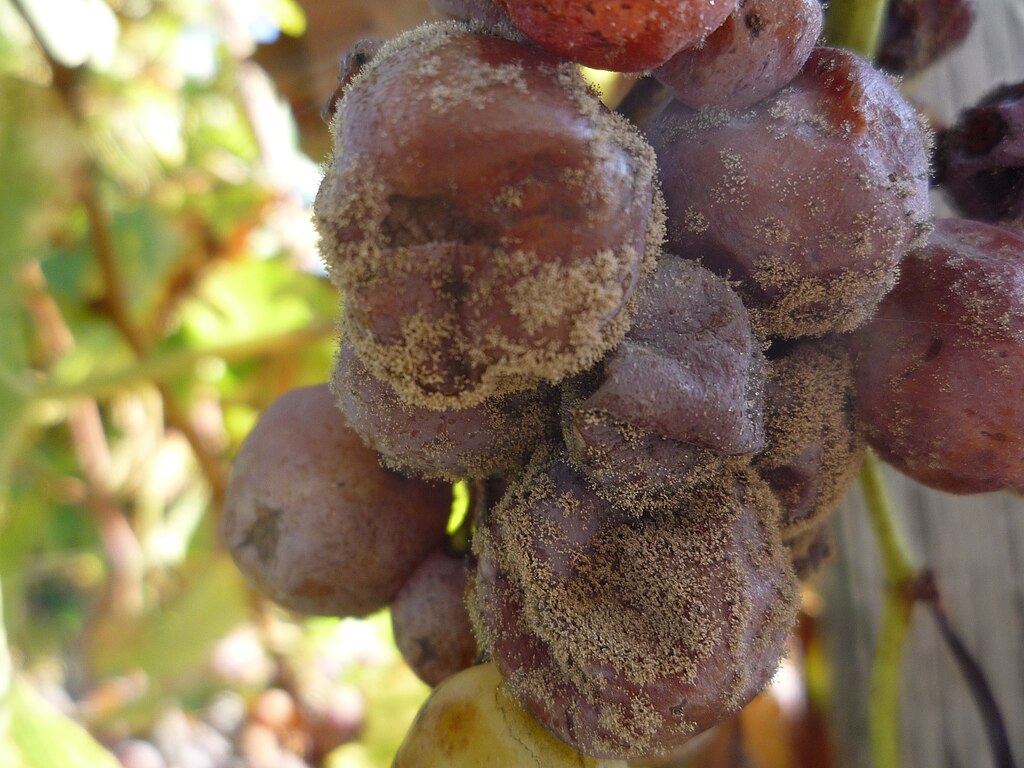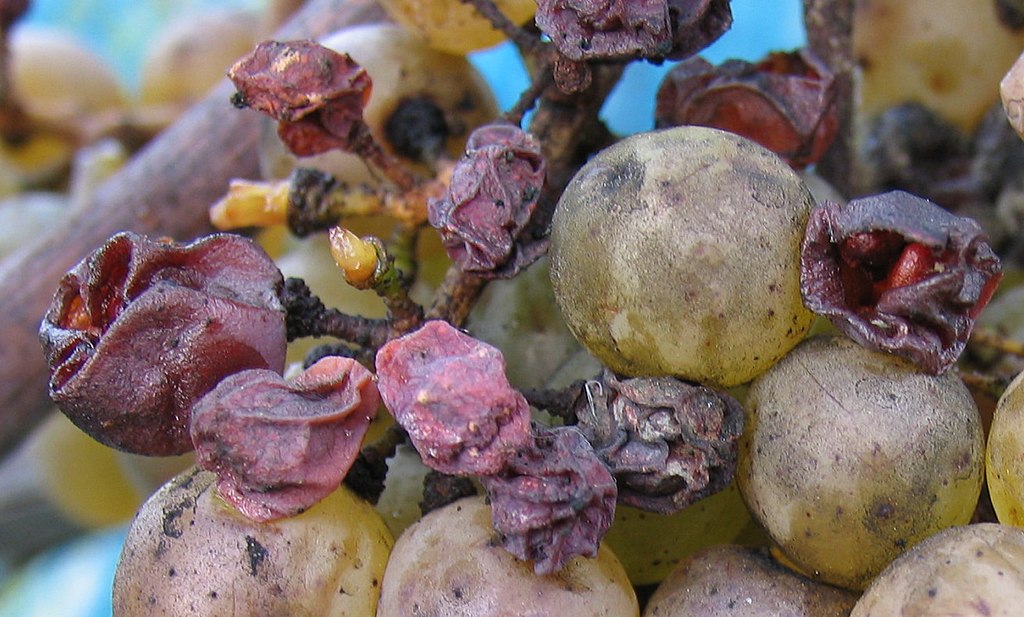I recently tasted 3 wines from
Emiliana, the first producer of a certified biodynamic wine in Chile. (A few weeks ago I wrote about the
Top 3 Things to Know about Biodynamic Wines, so check that out if you’re unfamiliar.) I paired the wines with several different foods: goat cheese, oil-cured green olives (these are milder and less acidic than the typical marinated varieties), smoked turkey, rosemary-lavender bread (this is a southern French flatbread topped with herbs and olive oil), and
Mario Batali’s eggplant caponata*. Grab your
Chilean Wine Cheat Sheet and let’s taste!
Wine: Novas Gran Reserva
Grape: 100% Sauvignon Blanc
Growing Method: Made with organically grown grapes
Region: DO San Antonio Valley
Nose: Herbal, grassy, mineral, and citrus aromas with a hint of asparagus.
Palate: Very mineral and herbal, high acid, hint of asparagus, med alcohol, med-to-long finish
Pairings: The goat cheese was an excellent match, since the grassy flavors of the cheese and the wine complemented each other, and the acidity of the wine cut through the creaminess of the cheese. The olives, turkey, and herb bread were good matches as well, which isn’t surprising since Sauvignon Blanc is such a versatile wine. It was not quite as good with the caponata.
Price: Average price is $13, but I haven’t yet found a seller in the Houston area.
I liked this wine, and it scores points for value and versatility. If you’re into Sauvignon Blancs, you’ll want to know that it’s more of an old-world style, and less fruit-forward than a typical New Zealand example.
Grape: 85% Cabernet Sauvignon, 9% Merlot, 6% Syrah
Growing Method: Made with organically grown grapes and sustainably farmed
Region: DO Central Valley
Nose: Rich, ripe black fruits, a hint of sweet spice, tobacco, vanilla
Palate: Medium acid, fruity up front, strong tannin, a bit lean. Opens up as it breathes.
Pairings: The goat cheese, olives, and caponata were the star pairings here. The tartness of the goat cheese and the caponata matched the acidity in the wine and all 3 became smoother and richer as a result. Cheese also famously smoothes out tannin, so that was a bonus. The salty olives brought out the fruit flavors in the wine. The bread worked well, and though the turkey was nearly overpowered, the fact that it was smoked highlighted the smokiness in the wine and allowed the turkey to hold its own in this match-up.
Price: Average price $10, but I haven’t yet found a seller in the Houston area.
This Natura Cabernet blend is also a good value. Like the Sauvignon Blanc, this wine falls somewhere between old and new world styles – it’s fruity, yet not as rich and juicy as a California Cabernet. Decant it or let it breathe in your glass for 15 minutes or so, and it really opens up.
Grape: 38% Syrah, 27% Carmenere, 21% Merlot, 12% Cabernet Sauvignon, 1% Mourvedre, 1% Malbec
Growing Method: Biodynamic
Region: DO Colchagua Valley.
Nose: I wanted to smell this forever. Red and black fruits, cinnamon and chocolate, tobacco and leather, vanilla.
Palate: The flavors on the palate echoed the aromas on the nose, but weren’t quite as rich or complex. I suspect this is a big wine that needs time. It really opened up as it breathed, and became as rich and wonderful as the nose had led me to believe it could be. Decant this one, or hold it for 5 (or even 10?) years.
Pairings: The goat cheese won again, rounding out the tannins of the wine. The bread and caponata shone here too. The currants, cinnamon, and chocolate in Batali’s recipe brought out the fruitiness and spice in the wine, for an unexpectedly amazing combination.
Price: This one we can get in Houston! Spec’s carries it, but not at every location. It’s $30, so get a bottle for a special occasion and make that caponata to go with it! And consider cellaring it for a few years, because it will only get better.
As far as I can tell, organic and biodynamic wines are not significantly different from other wines, in the sense that there is not a tell-tale organic or biodynamic taste or a certain quality that indicates the grapes were grown that way. However, these wines fit with my general experience of organic wines, which is that the grapes have been treated well, so the wines demonstrate an attention to quality at whatever price point they may be.
Even though we can only get 1 of these wines at the moment, keep Emiliana on your radar. I suspect Houston will get more from them in the future, and I’ll be happy when we do!
*Note on the caponata recipe: I like my eggplant very well cooked, so I let my caponata simmer on the stove about 30 minutes longer than the recipe suggested. As it cooked, I added extra liquid as needed to keep everything from burning – first white wine, then some tomato sauce, then water until everything was as cooked as I wanted it to be.
See the full collection of the wine cheat sheets
here!
































